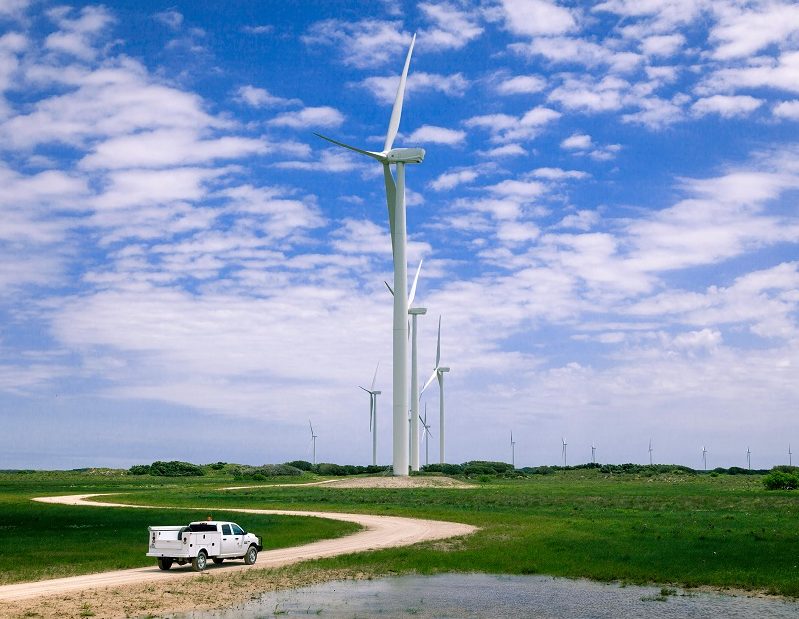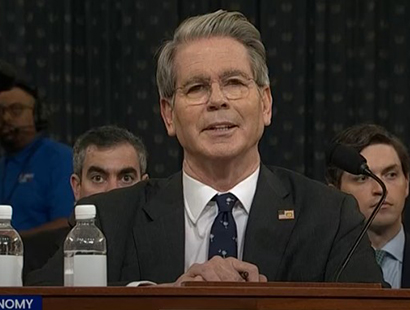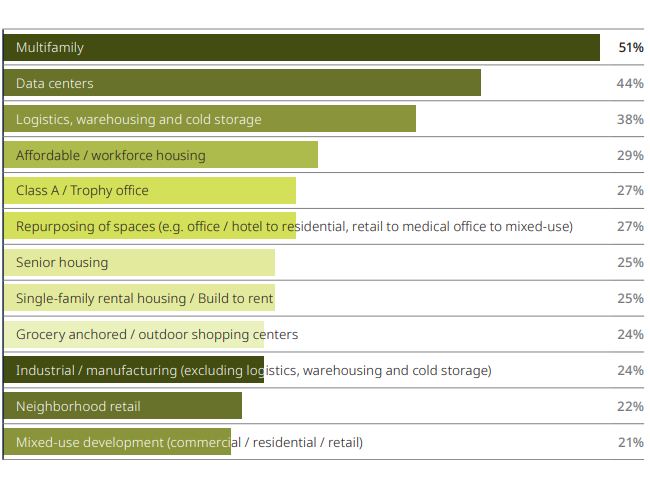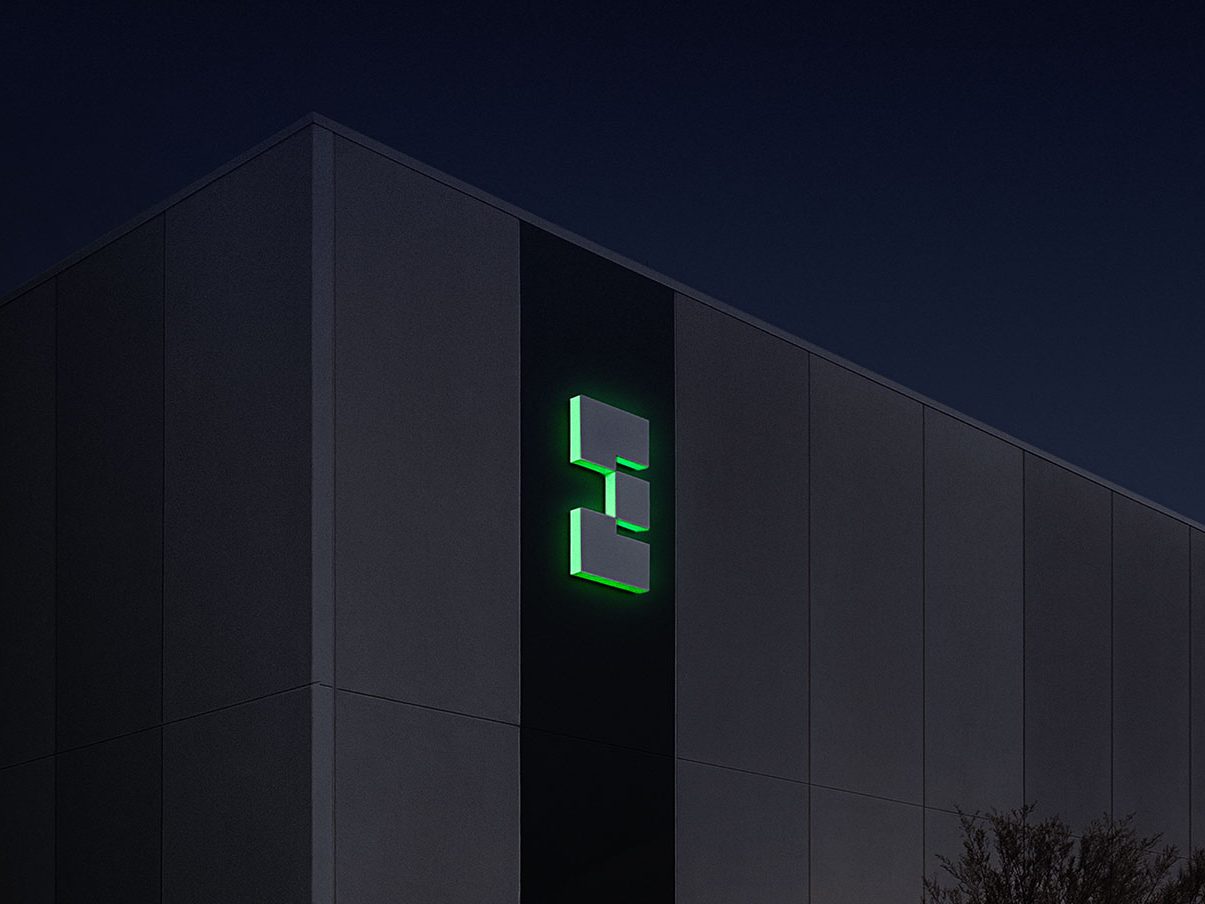Closeup on Corporate PPAs
Customers should ensure that power purchase agreements for renewables address pricing risk, ScottMadden advises.
By Paul Rosta

In January, Nike signed a PPA with Avangrid Renewables for 86 megawatts from Karankawa Wind Farm, located in Bee and San Patricio counties east of Mathis, Texas.
Corporate-level power purchase agreements (PPAs) for renewable energy are likely here to stay, according to a study by ScottMadden. Despite slipping to 2.7 gigawatts of new contracts signed last year to the peak of 3.2 gigawatts in 2015, major corporations are gravitating to the procurement method, the consulting firm notes in “Recalibration,” its most recent update on energy trends. Corporate giants that have embraced renewable PPAs range widely across industries, from Amazon and Dow Chemical to General Motors, Microsoft and Walmart. Apple and Google, the top two corporate buyers, each committed to 500 megawatts of capacity in 2017, ScottMadden points out.
As PPAs for renewables gain ground, corporate customers should look closely at the distinctions between the two categories, physical and virtual PPAs. Customers preferring renewable generation from a single facility within the same electric market or region may be best suited for physical PPAs. In that scenario, the corporate buyer contacts with a project for energy and renewable energy credits. This category is also known as a sleeved contract, because the customer signs a so-called sleeving fee that authorizes the utility or energy service provider to manage power generated by the project. The sleeving fee also covers the cost of transmission.
Another procurement method, popular with corporate customers, is the virtual or synthetic PPA. “Virtual PPAs are attractive when the corporate buyer is offsetting load at multiple locations or when the buyer and seller are not in the same electric region or market,” the ScottMadden report observes.
In this structure, the customer contracts with a renewable project, which then sells energy into a wholesale market. The customer buys power from a utility or energy service provider, and the PPA and the customer settle up on a regular schedule. If the cost of wholesale power is higher than the strike price, the corporate customer gets a settlement payment from the project. If the strike price is above the wholesale price, the project receives payment from the corporate customer. The corporate buyer also gets the renewable energy credits from the project.
That said, ScottMadden also offers some caveats, particularly about virtual PPAs. Wholesale power prices have fallen along with the price of natural gas. In some cases, companies that signed on to PPAs in the early going may be paying higher prices for renewable power than the wholesale price of power. “More corporate renewable buyers may begin to use protective puts and other financial measures to hedge risk, introducing complexities and risks of their own,” ScottMadden speculates. In areas where renewable generation is booming, the price gap between the point where power enters the grid and where the differential is settled can be significant. As a result, some corporate customers prefer to contract with projects in areas where renewable generation is less robust.
“Some market participants have even suggested corporate renewable buyers are beginning to influence the electric system as new capacity is being directed to where corporate PPAs are easiest to structure, rather than locations that align with traditional system planning,” the report notes.







You must be logged in to post a comment.